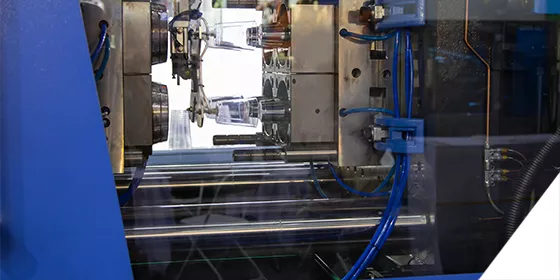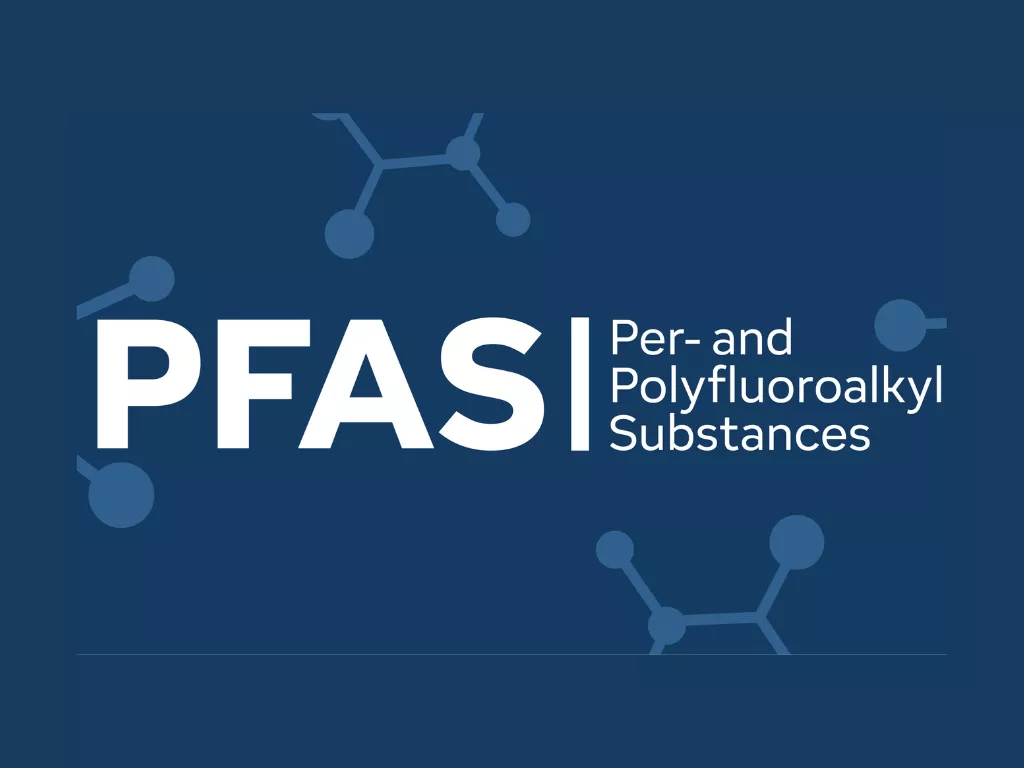Plastic Flow Analysis
Plastic flow analysis is a technique that uses mathematical models or computer simulation to predict the flow of molten plastic during the injection molding process. This information can be used to identify and predict potential problems with the part design, such as areas where the plastic may not flow properly, and other problems such as air traps, sink marks, Shrinkage, warpage, weld lines, etc. This technique can also be used to optimize the injection molding process, by identifying the optimal injection pressure and temperature settings to optimize the cycle time.
It is a valuable technique for improving the quality of injection molded parts. By identifying potential problems before the mold is built, engineers can avoid costly rework and downtime.

Discover more

Building Better Digital Experiences with Information Architecture

Revolutionizing Rural Healthcare: How AI is Shaping the Future of Telemedicine

